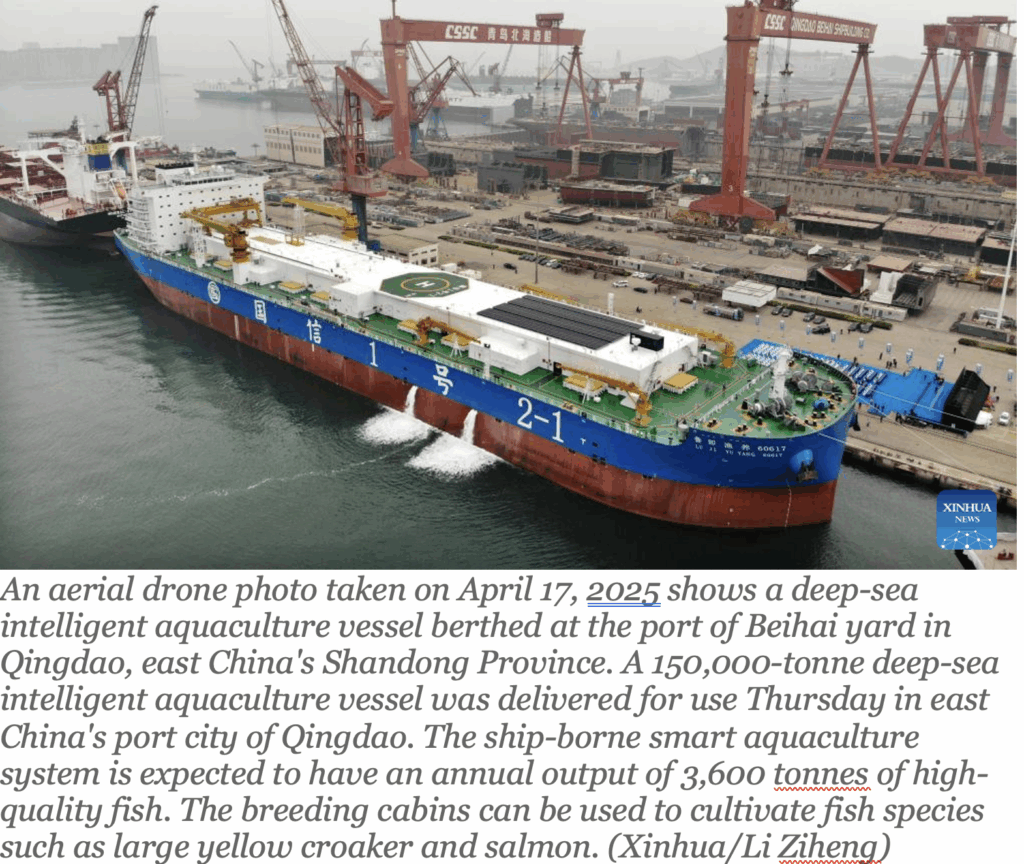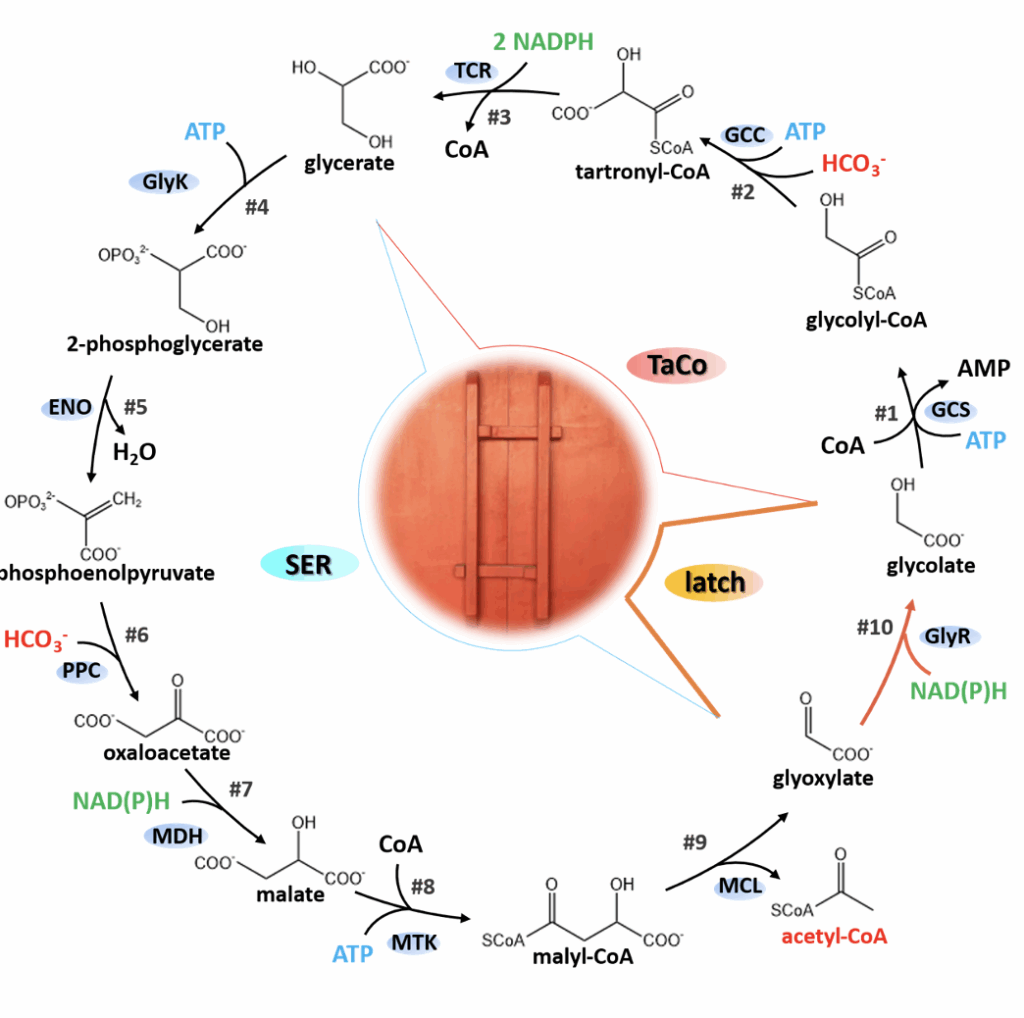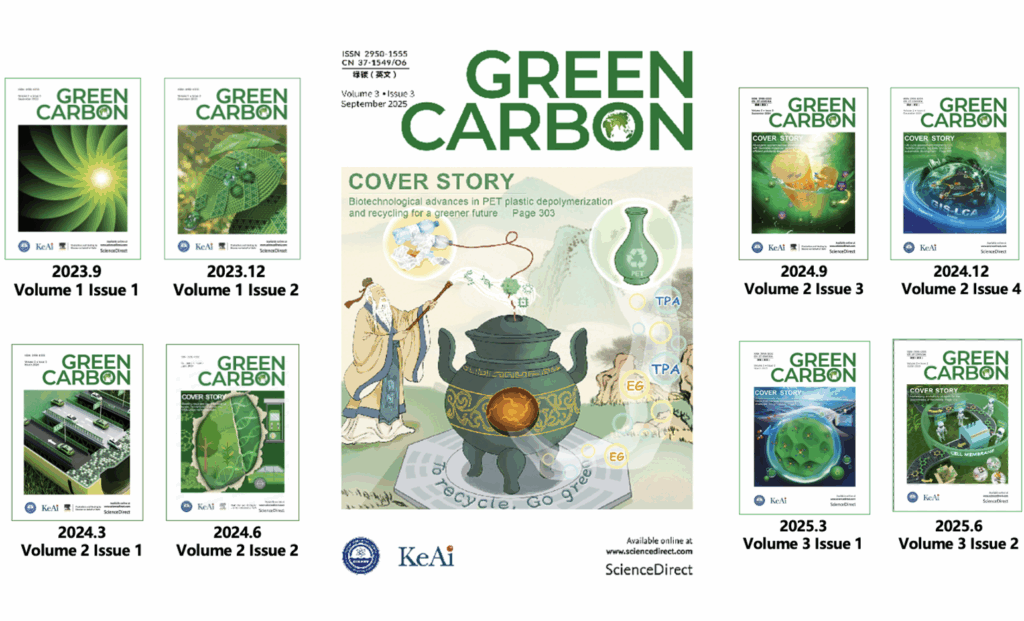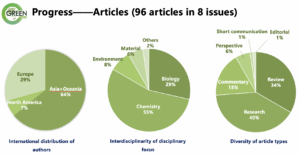http://en.people.cn/n3/2025/0418/c90000-20304151.html
A 150,000-tonne deep-sea intelligent aquaculture vessel was delivered for use in Qingdao. The ship is 244.9 meters long and houses 15 breeding cabins with a total water holding capacity of nearly 100,000 cubic meters.
The ship-borne smart aquaculture system is expected to have an annual output of 3,600 tonnes of high-quality fish. The breeding cabins can be used to cultivate fish species such as large yellow croaker and salmon.
The new aquaculture vessel is an updated version of its 100,000-tonne predecessor delivered in 2022. Its predecessor has now already traveled over 17,000 nautical miles. The vessel pushed the aquaculture area from nearshore to deep sea, using high-quality seawater resources for breeding.





